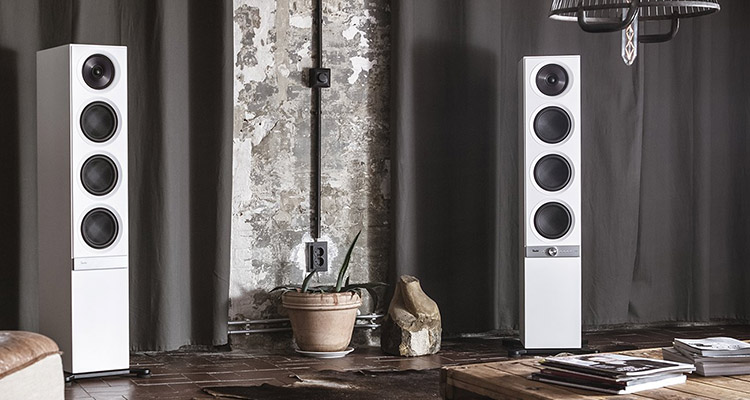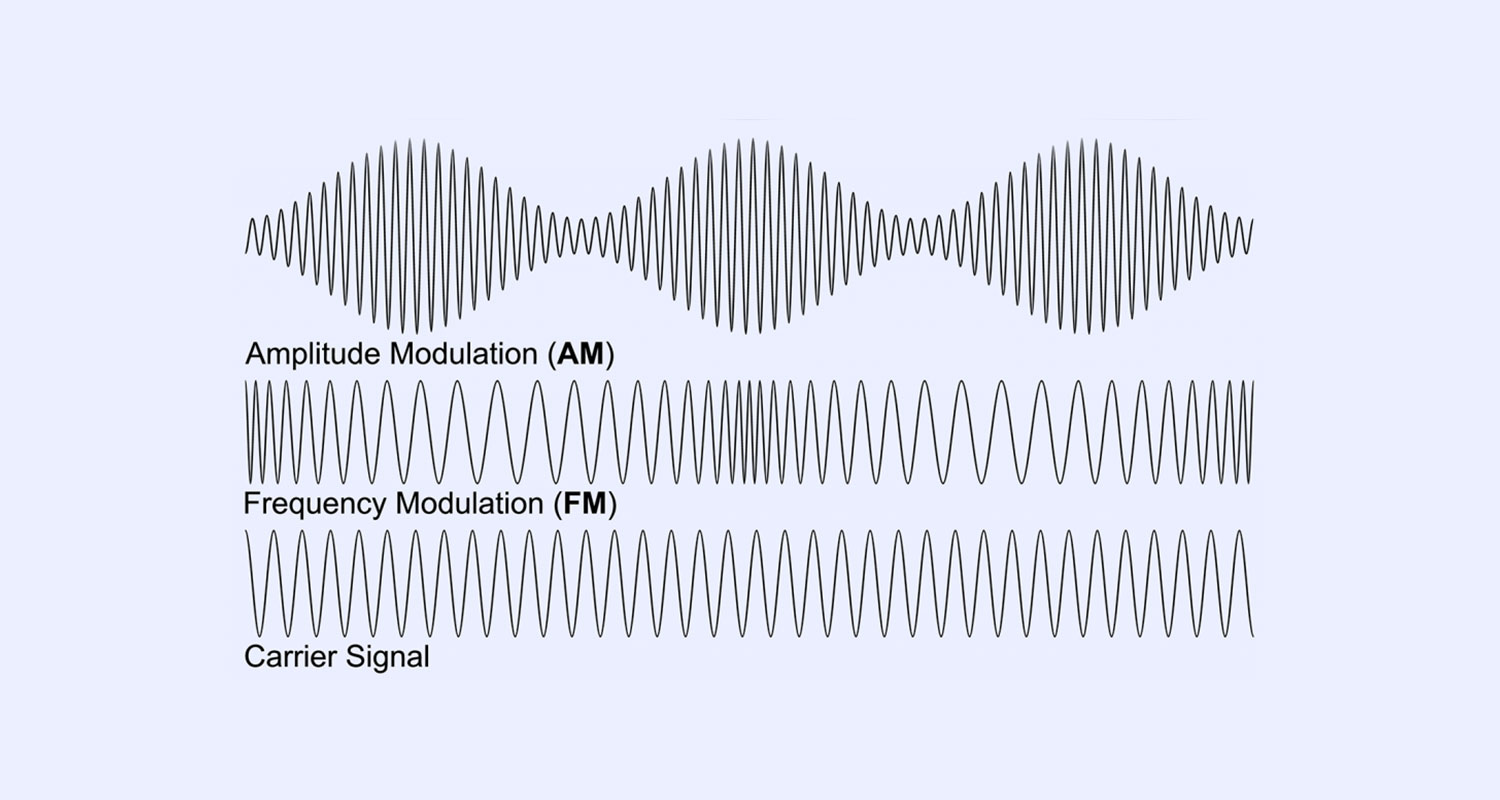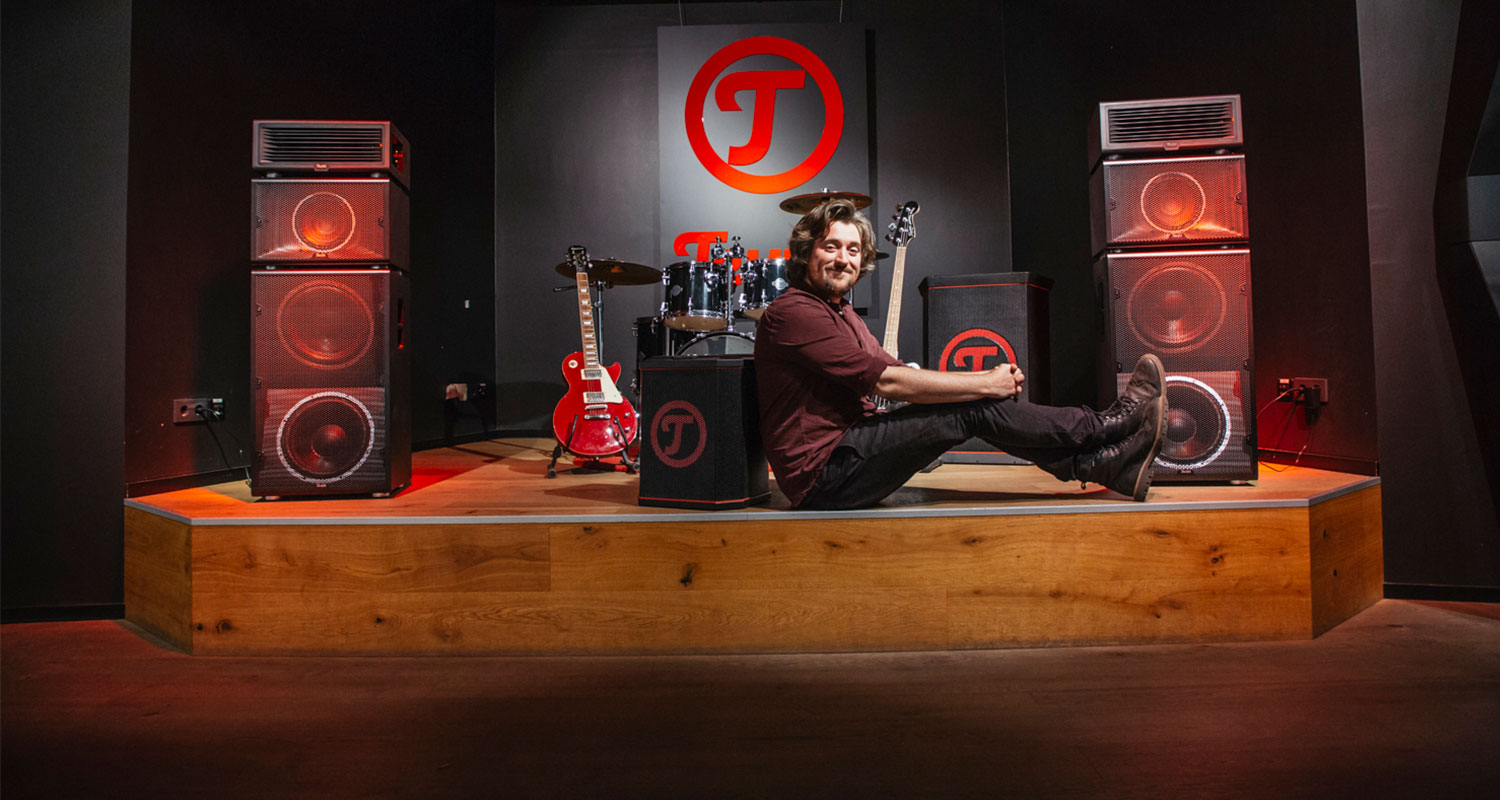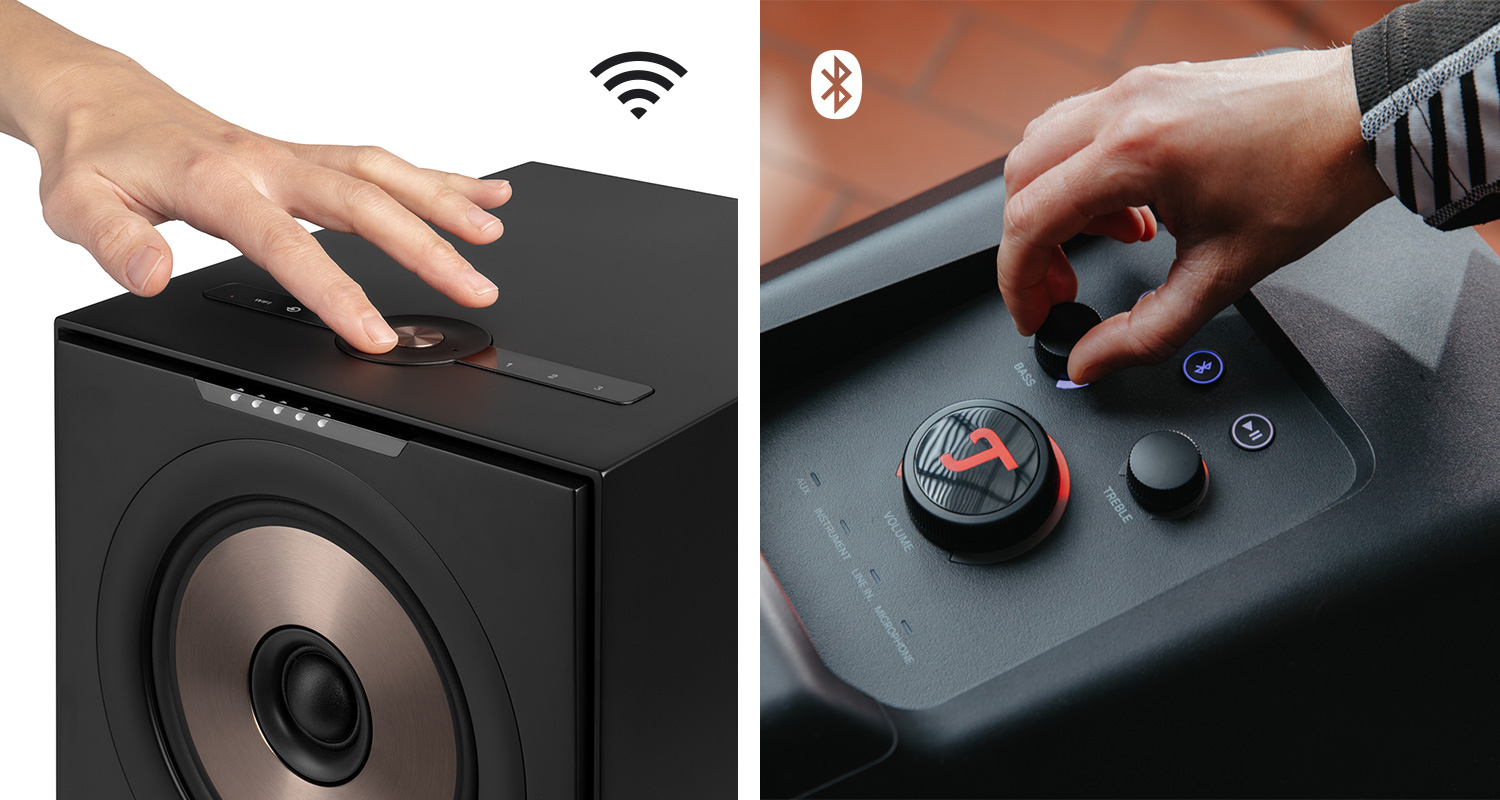When it comes to “mp3 and sound quality” you might feel as though you are treading on a minefield. Hi-Fi purists claim that many people no longer know what good sound actually is because of mp3. The accusation is not completely unfounded, because mp3 is a lossy format. However, we shouldn’t be so quick to dismiss mp3 altogether. After all, there is no uniform standard for mp3 quality. In this article, we discuss the technical quality of mp3 and how it compares to the sound quality of other formats.
What “lossy” means in terms of sound quality
Mp3 and other lossy audio formatsOpens in new tab such as AAC were developed with the aim of saving storage space, among other things. At the time of its development, the storage capacity of hard disks was significantly lower than today, and the down- and upload rates were also insufficient for large amounts of data. Nowadays, the bandwidth of streaming and radio transmission via Bluetooth are limiting factors. So there still does have to be some file compression. But how is the amount of data reduced compared to the original recording?
On the one hand through compression and on the other hand by omitting certain sound information. Not everything that is captured in a recording gets into the compressed file. In order to limit the impact of data loss on mp3 quality, only information that is of little acoustic significance is ignored. More precisely: the frequencies of particularly low and particularly high tones are cut out, since people can only perceive extremely high and low frequencies to a limited extent or even not at all.
The true quality of mp3
A general assessment of mp3 sound quality is complicated by the fact that there are different quality levels. They result from the respective bit rate, expressed in kilobits per second (“Kbit/s”). 64 Kbit/s as well as 128, 192, 256 or 320 Kbit/s can be implemented. The higher the value, the lower the data loss compared to the source material.
Teufel Bluetooth speakers for Hi-Fi playback
[product id=”26073,32058,30450″]
An occasionally mentioned rule states that the loss of data for the auditory impression no longer matters from a bit rate of 192 Kbit/s. The file format alone therefore tells us little about the quality of the audio signal.
But there is no clear limit. Factors such as the music genre, the sound system and not least the individual listening, all play a role when it comes to evaluating the quality of an mp3 file. There are also differences between the audio formats. A file encoded in AAC at 192 Kbps tends to deliver a better listening experience than an Ogg Vorbis file at the same data rate.
How high is the sound quality of music streaming services?
More than 20 years after its invention, mp3 is still the most widely used audio format on the Internet. However, there are other formats that play an important role in music reproduction today. One example of this is the patent-free Ogg Vorbis format previously mentioned. The streaming giant Spotify uses this format.
Other audio formats used by streaming services are:
- Apple Music: AAC
- Spotify: Ogg Vorbis
- Google Play Music: mp3
- Deezer HiFi: FLAC
Streaming providers are rather reluctant to provide information on the respective data rates. Apple Music announced when the service began that they would transmit streams with a bit rate of 256 Kbit/s. At Spotify, the sound quality is higher at 320 Kbit/s – as is at Google Play Music. At lower quality levels, the bit rate drops below 200 Kbit/s. However, these values clearly exceed the providers of lossless streams: Deezer, for example, advertises 1,411 Kbit/s with its Hi-Fi subscription. The lossless FLAC format is used for this.
Teufel speakers offer true Hi-Fi sound

- ▶ Stereo MOpens in new tab: Think everything was better in the old days? The Stereo M combines a high-precision 3-way transducer system with a first-class D/A converter to produce a sound that convinces even traditionalists. Thanks to Wi-Fi, Bluetooth support and Line-In, this stereo set is also compatible with a wide variety of playback devices.
- ▶ Stereo LOpens in new tab: This stereo set is an ideal home cinema and music solution in every respect: it offers impressive height, top workmanship and outstanding sound. Technically, the floor-standing speakers know every trick in the book and support lossless music streaming.
Teufel Streaming for digital Hi-Fi
[product id=”30992,29062,30983″ order=”rand”]
Conclusion: mp3 doesn’t have to mean poor quality
- mp3 and some other audio formats are lossy.
- Therefore such files can sound flat and one-dimensional.
- An essential factor for the quality of streaming formats is the bit rate.
- This varies depending on the degree of compression for the individual services.
- Different audio codecs have different sound qualities even at the same bit rate.



